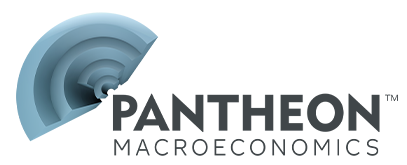- © 2025 Pantheon Macroeconomics
- Tel: +1 914 610 3830
Pantheon Macroeconomics
Best viewed on a device with a bigger screen...
Below is a list of our China+ Publications for the last 5 months. If you are looking for reports older than 5 months please email info@pantheonmacro.com, or contact your account rep
Please use the filters on the right to search for a specific date or topic.

independent macro research, China+ Document Vault, Pantheon Macro, Pantheon Macroeconomics, independent research, ian shepherdson, economic intelligence,